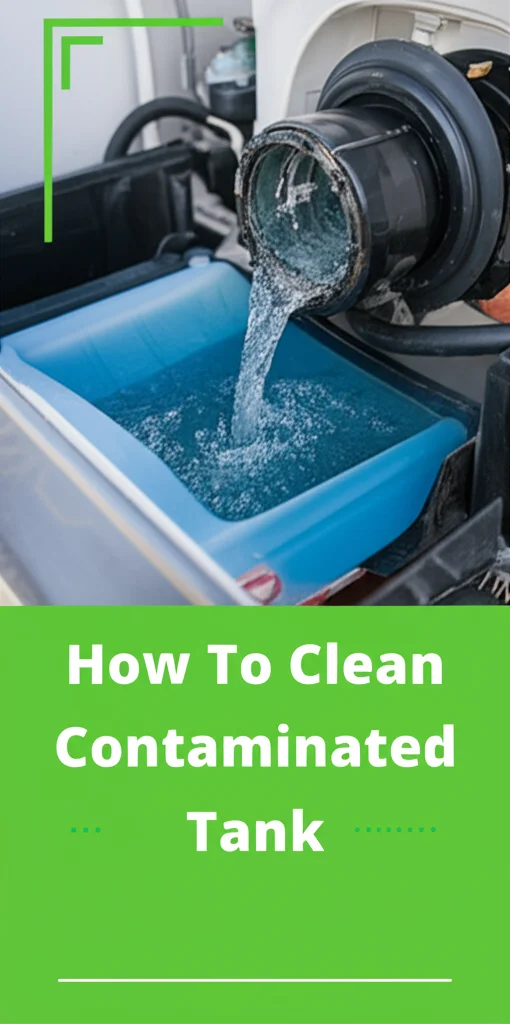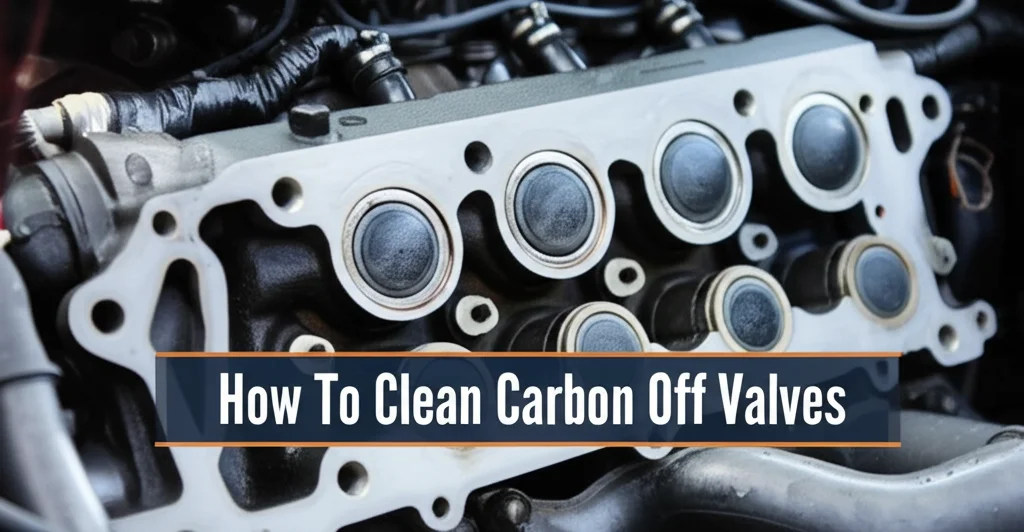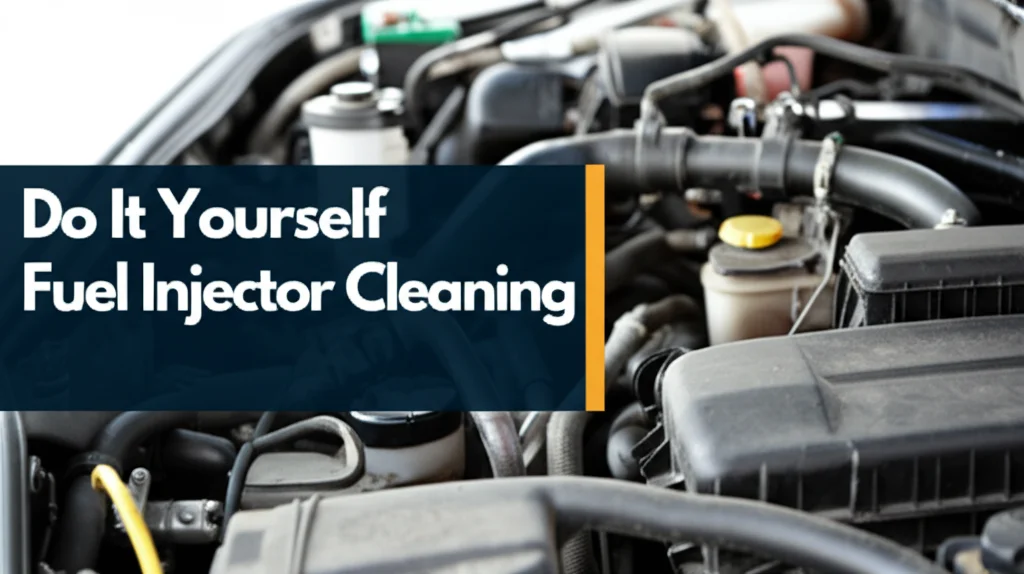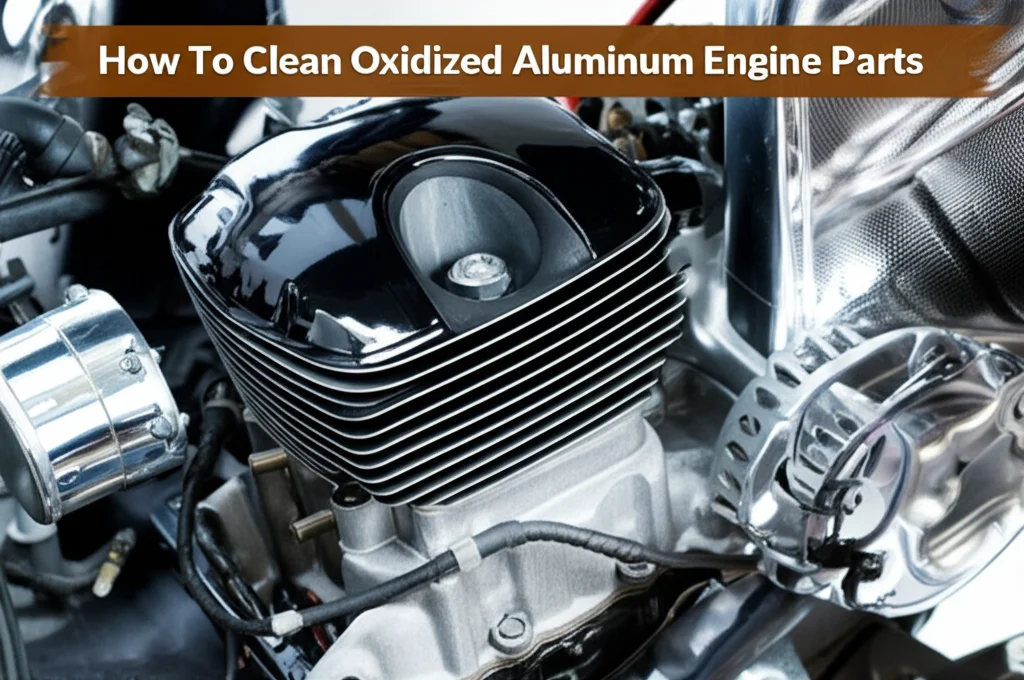· Automotive · 8 min read
How To Clean Contaminated Def Tank

How To Clean A Contaminated DEF Tank
Is your diesel engine throwing codes related to the DEF (Diesel Exhaust Fluid) system? A contaminated DEF tank is often the culprit. Don’t worry, you’re not alone! Many diesel vehicle owners face this issue, and thankfully, cleaning a contaminated DEF tank is often a manageable task. This article will guide you through the process, covering everything from identifying contamination to the best cleaning methods, and preventative measures. We’ll ensure your vehicle’s emissions system functions correctly and avoids expensive repairs.
Takeaway:
- Identify the source of contamination promptly.
- Never mix DEF with other fluids.
- Flush the tank thoroughly with distilled water.
- Consider professional cleaning for severe contamination.
- Use only high-quality DEF to prevent future issues.
What is DEF and Why Does Tank Contamination Matter?
Diesel Exhaust Fluid (DEF) is a crucial component in modern diesel vehicles equipped with Selective Catalytic Reduction (SCR) systems. It’s a non-toxic solution of urea and deionized water that reduces harmful nitrogen oxides (NOx) emissions. When the DEF system detects a problem, like contaminated fluid, it can trigger warning lights, reduce engine power, and even prevent the vehicle from starting. Contamination can stem from various sources, including incorrectly filled tanks, introduction of other fluids, or even prolonged storage leading to crystallization. Addressing this promptly is vital for maintaining your vehicle’s performance and adhering to emissions standards.
Identifying DEF Tank Contamination
Before you start cleaning, it’s important to confirm that contamination is actually the problem. Several symptoms can indicate a contaminated DEF tank. First, pay attention to warning lights on your dashboard. A DEF system fault light is a clear indicator. Next, observe your vehicle’s performance. A loss of power or difficulty starting can also signal a problem. Finally, visually inspect the DEF fluid if possible. It should be clear and colorless. If it appears cloudy, discolored, or contains particles, contamination is likely.
- Warning Lights: The most common sign, often accompanied by a message on the vehicle’s display.
- Performance Issues: Reduced engine power or difficulty starting.
- Visual Inspection: Cloudy, discolored, or particulate-filled DEF fluid.
- Diagnostic Scan: Using an OBD-II scanner can pinpoint specific DEF system errors.
If you suspect contamination, a diagnostic scan using an OBD-II scanner is a good next step. This will provide specific error codes that can help you pinpoint the issue. You can find more information about vehicle diagnostics at resources like https://www.beacleaner.com/how-to-clean-bathroom-floor-without-mop/.
Common Sources of DEF Contamination
Understanding how DEF tanks become contaminated can help you prevent future issues. The most frequent cause is accidental mixing with other fluids, such as diesel fuel or windshield washer fluid. This can happen during refueling or maintenance. Another common culprit is improper storage of DEF containers. If DEF is left exposed to air for extended periods, it can absorb moisture and promote crystallization. Finally, using low-quality or expired DEF can also introduce contaminants into the system.
- Mixing with Other Fluids: Accidental contamination during refueling or maintenance.
- Improper Storage: Exposure to air leading to crystallization.
- Low-Quality DEF: Using expired or substandard DEF fluid.
- Debris Entry: Dirt, dust, or other particles entering the tank during filling.
Preventative measures are key. Always use a dedicated DEF filler nozzle, store DEF containers in a cool, dry place, and ensure you’re purchasing DEF from a reputable source. Maintaining your vehicle’s overall cleanliness, including the areas around the DEF filler, can also help prevent debris from entering the tank. For more information on maintaining vehicle cleanliness, check out https://www.beacleaner.com/how-to-clean-vinyl-plank-flooring/.
Tools and Materials Needed for Cleaning
Before you begin the cleaning process, gather the necessary tools and materials. You’ll need distilled water – never use tap water, as minerals can cause further issues. A large, clean container for draining the DEF tank is essential. You’ll also need a siphon or pump to remove the contaminated fluid. Gloves and eye protection are crucial for safety, as DEF can be irritating. Finally, a clean funnel and a new DEF filter are recommended for refilling the tank.
- Distilled Water: Essential for flushing the tank without introducing minerals.
- Large Container: For safely draining the contaminated DEF fluid.
- Siphon or Pump: To remove the fluid from the tank.
- Gloves & Eye Protection: For personal safety.
- Clean Funnel: For refilling the tank.
- New DEF Filter: To ensure clean fluid circulation.
- OBD-II Scanner: To clear any error codes after cleaning.
Having everything prepared beforehand will streamline the process and minimize the risk of further contamination. Proper preparation is key to any cleaning task, and this is no exception. You can find more information about preparing for cleaning tasks at https://www.beacleaner.com/how-to-remove-baking-soda-residue-from-carpet/.
Step-by-Step Guide to Cleaning the DEF Tank
Now, let’s get to the cleaning process. First, locate the DEF tank drain plug. Consult your vehicle’s owner’s manual for its exact location. Carefully drain the contaminated DEF fluid into your large container. Once drained, flush the tank with several gallons of distilled water. Use the siphon or pump to circulate the water, ensuring it reaches all areas of the tank. Repeat this process until the water runs clear. Finally, install a new DEF filter and refill the tank with fresh, high-quality DEF.
- Locate Drain Plug: Consult your vehicle’s owner’s manual.
- Drain Contaminated Fluid: Carefully drain into a large container.
- Flush with Distilled Water: Circulate water until it runs clear.
- Install New DEF Filter: Replace the old filter with a new one.
- Refill with Fresh DEF: Use high-quality DEF from a reputable source.
- Clear Error Codes: Use an OBD-II scanner to reset the system.
After refilling, use an OBD-II scanner to clear any stored error codes. Start the engine and monitor the DEF system for any warning lights. If the problem persists, professional cleaning may be necessary.
When to Seek Professional DEF Tank Cleaning
While many DEF tank contamination issues can be resolved with a DIY cleaning, some situations require professional attention. If the contamination is severe, with significant buildup or crystallization, a professional cleaning is recommended. They have specialized equipment and cleaning solutions to effectively remove stubborn deposits. Additionally, if you’re uncomfortable performing the cleaning yourself, or if you’re unsure about any step of the process, it’s best to leave it to the experts.
- Severe Contamination: Significant buildup or crystallization.
- Persistent Issues: Warning lights remain after DIY cleaning.
- Lack of Confidence: If you’re uncomfortable with the process.
- Specialized Equipment: Professionals have tools for stubborn deposits.
A professional cleaning typically involves a more thorough flushing process, potentially including ultrasonic cleaning to remove all traces of contamination. They can also diagnose any underlying issues within the DEF system that may have contributed to the contamination. For more information on professional cleaning services, you can explore resources like https://www.beacleaner.com/how-to-clean-hardwood-floors-with-vinegar/.
Preventing Future DEF Tank Contamination
Preventing contamination is always better than having to clean it up. Always use a dedicated DEF filler nozzle to avoid mixing with other fluids. Store DEF containers in a cool, dry place, away from direct sunlight. Regularly inspect your DEF tank and lines for any signs of leaks or damage. Finally, only use high-quality DEF from a reputable source. Following these simple steps can significantly reduce the risk of future contamination and keep your DEF system running smoothly.
- Dedicated Filler Nozzle: Avoid mixing with other fluids.
- Proper Storage: Cool, dry place away from sunlight.
- Regular Inspection: Check for leaks or damage.
- High-Quality DEF: Use DEF from a reputable source.
- Avoid Overfilling: Leave some space for expansion.
By being proactive and following these preventative measures, you can protect your vehicle’s DEF system and avoid costly repairs. Regular maintenance and attention to detail are key to keeping your vehicle running efficiently. You can find more information about vehicle maintenance at https://www.beacleaner.com/how-to-clean-floor-grout-without-scrubbing/.
FAQ: Common Questions About DEF Tank Cleaning
Q: Can I use tap water to flush the DEF tank?
A: No, never use tap water. The minerals in tap water can react with the DEF system and cause further problems. Always use distilled water to avoid introducing contaminants.
Q: How often should I replace the DEF filter?
A: The DEF filter should be replaced every time you clean the tank, or at least every two years, depending on your vehicle’s manufacturer recommendations.
Q: What happens if I continue to drive with a contaminated DEF tank?
A: Driving with a contaminated DEF tank can lead to reduced engine power, potential engine damage, and even prevent the vehicle from starting. It’s crucial to address the issue promptly.
Q: Is DEF harmful to the environment?
A: DEF is non-toxic and biodegradable, making it environmentally friendly. However, it should still be disposed of properly and not released into waterways.
Q: Can I mix different brands of DEF?
A: While generally safe, it’s best to stick with one brand of DEF to avoid potential compatibility issues.
Conclusion
Cleaning a contaminated DEF tank can seem daunting, but with the right knowledge and tools, it’s often a manageable task. Remember to identify the source of contamination, use distilled water for flushing, and always replace the DEF filter. If you’re unsure about any step, don’t hesitate to seek professional help. By taking preventative measures and addressing contamination promptly, you can ensure your diesel vehicle’s DEF system functions optimally, reducing emissions and avoiding costly repairs. Maintaining a clean DEF tank is a vital part of responsible diesel engine ownership.




